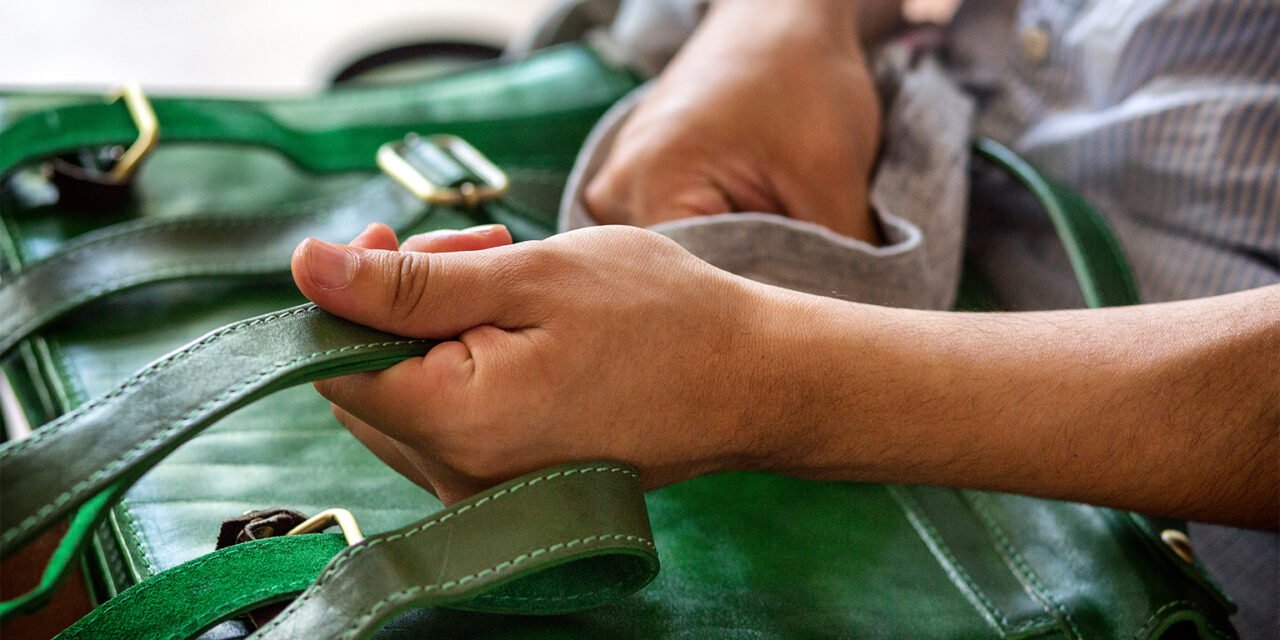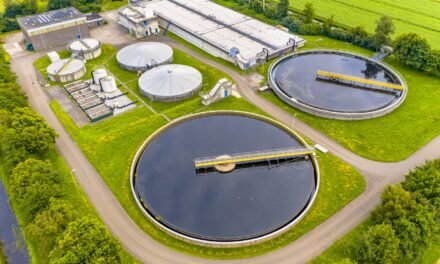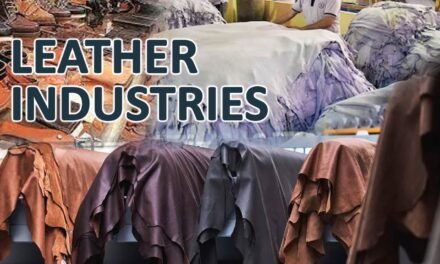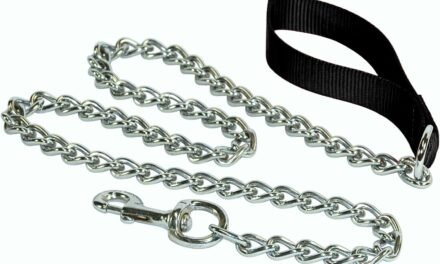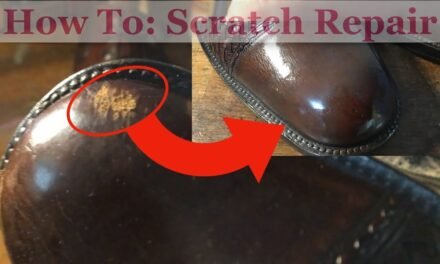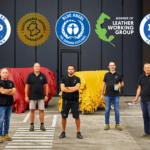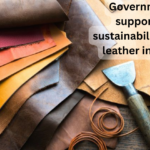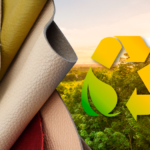Innovation plays a transformative role in shaping the future of Panapakkam’s leather sector, enabling it to stay competitive, meet global standards, and adapt to evolving market demands. Here’s how innovation drives the sector:
1. Product Innovation
- Sustainable Materials:
- Adopting eco-friendly tanning methods, such as vegetable tanning and chrome-free processes, reduces environmental impact.
- Exploration of bio-based alternatives like fungal leather or agricultural waste-based materials caters to the demand for sustainable goods.
- Customization and Design:
- Leveraging digital tools like 3D modeling and CAD (Computer-Aided Design) enables bespoke leather products tailored to customer preferences.
2. Process Innovation
- Automation and Robotics:
- Automating labor-intensive processes like cutting, stitching, and finishing increases efficiency and precision.
- Robotics in manufacturing reduces production time while maintaining consistency and quality.
- Zero Liquid Discharge (ZLD) Systems:
- Advanced effluent treatment technologies recycle wastewater, making production more sustainable.
- Innovations in chemical recycling during tanning processes enhance eco-efficiency.
3. Technological Integration
- Industry 4.0 Practices:
- Adoption of IoT (Internet of Things) and AI (Artificial Intelligence) helps in real-time monitoring of manufacturing processes and predictive maintenance of equipment.
- Supply Chain Digitization:
- Blockchain technology ensures traceability, enhancing transparency in sourcing and production, crucial for meeting international ethical standards.
4. Market Expansion
- Smart Leather Products:
- Integration of technology, such as sensors in leather for wearable devices, opens up new market opportunities.
- E-Commerce Platforms:
- Leveraging online platforms and digital marketing expands global reach and connects directly with end consumers.
5. Collaboration and Knowledge Sharing
- Partnerships with Research Institutions:
- Collaborations with entities like the Central Leather Research Institute (CLRI) drive R&D in innovative materials and processes.
- Public-Private Partnerships:
- Joint initiatives foster knowledge transfer, providing access to cutting-edge technologies and funding for innovation.
6. Meeting Global Standards
- Sustainability Certifications:
- Innovating processes to comply with certifications like LWG (Leather Working Group) standards enhances marketability in environmentally conscious markets.
- Ethical Practices:
- Implementing ethical sourcing of raw materials and fair labor practices strengthens global competitiveness.
7. Enhancing Workforce Skills
- Training in Advanced Techniques:
- Workforce training programs focusing on modern equipment and software ensure skilled labor to operate cutting-edge technologies.
Outlook
With innovation as a cornerstone, Panapakkam’s leather sector is well-positioned to:
- Reduce its environmental footprint.
- Address shifting consumer preferences.
- Tap into emerging markets and expand its global influence.
By embracing innovation, the sector can drive sustainable growth and remain a significant contributor to Tamil Nadu’s economy and the global leather industry.
Hashtags
#InnovationInLeather #PanapakkamLeatherFuture #MLFACInnovation #SustainableLeatherSolutions #TechDrivenLeatherIndustry #PanapakkamGrowth #LeatherSectorAdvancements #TamilNaduIndustrialInnovation #FutureOfLeather #SmartLeatherManufacturing

